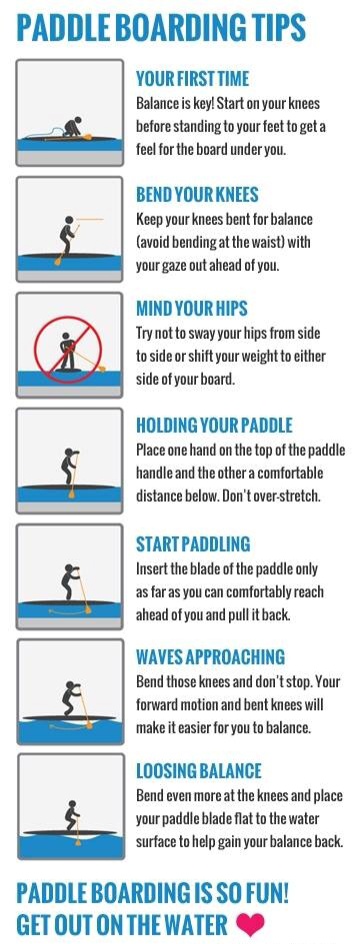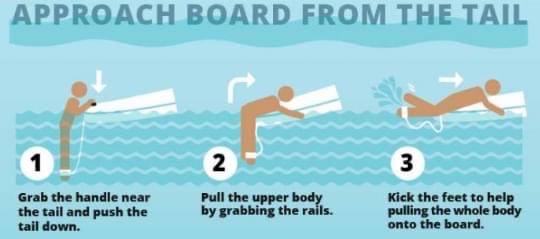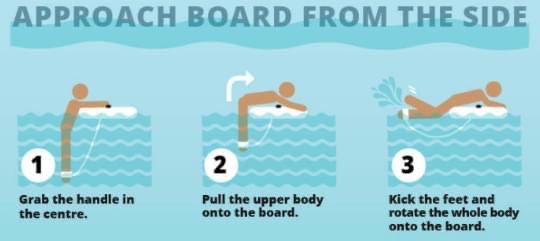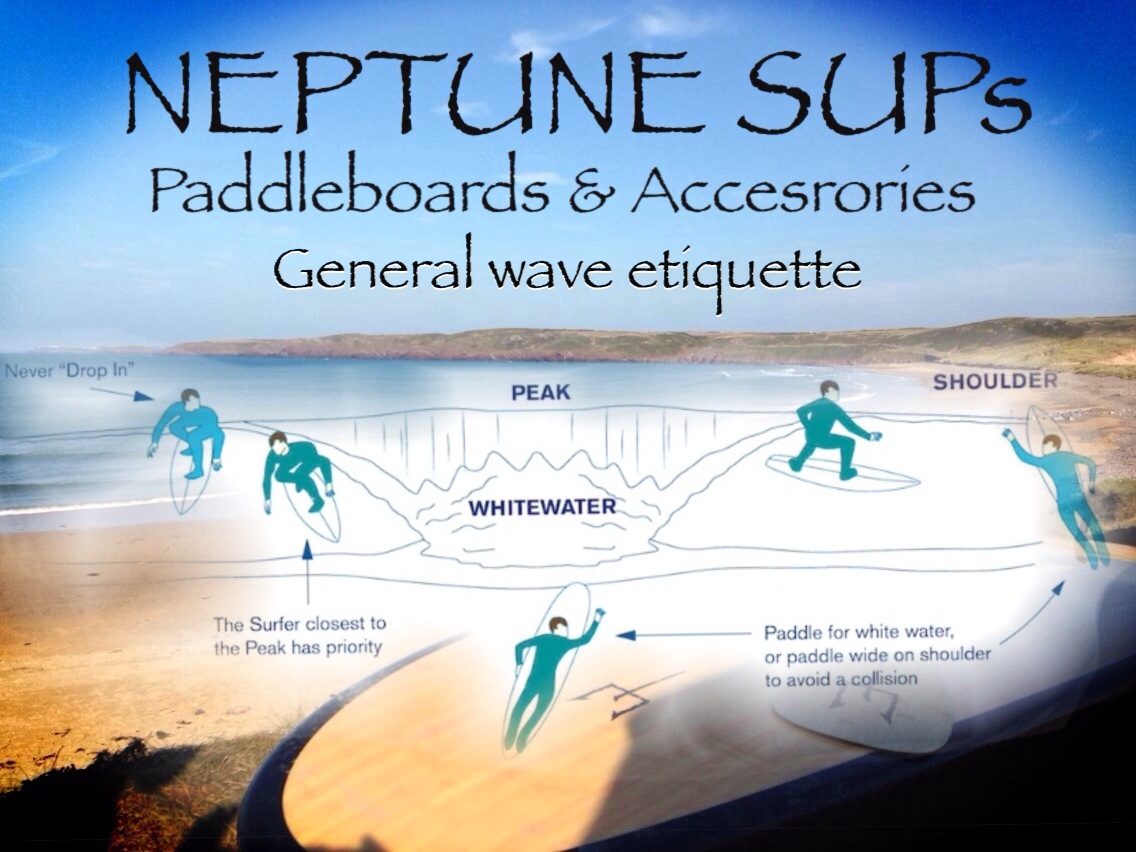FOR ANDROID DEVICES PLEASE CLICK 3 DOTS (TOP RIGHT) AND SELECT "DESKTOP"
FAQ's & TIPs
.jpg)
Why are our prices lower than everyone else?
We get asked this all the time and there is a number of reasons why. The main reasons are; we never set Neptune up to make loads of money, as crazy as that sounds its true. Neptune was born out of passion not for profit, we knew if we made top quality kit at the lowest price we could, if nothing else we would have some awesome boards for us and some friends. To help us keep the cost down you wont find us in shops, they want between 20-40% of the retail price and we don,t even have that margin in the kit!. We don't spend loads of money on advertising as we believe word of mouth is the best marketing you can get. We do all our own marketing using Neptune SUPs family members pictures not models. We create all our own social media posts, videos, website etc (maybe why it doesn't look as snazzy as some others). We don't have any debt, some of the SUP brands out there are old Windsurfing companies that were getting into debt due to the downturn in sales over the last 10-15 years. Some of those companies have used SUPing profits to offset Windsurfing debt and increase their prices yearly (we have only had 4 price increases ever!. Our kit is made in the same factory as some of the large international brands and we use the same materials/methods as they do and in some circumstances better (we use 3 layers of quality glass to protect our Mach #2 boards from our rugged coastline not 1 or 2 like some who's R&D is for sandier beaches, softer coastlines). Maybe the question people should ask is to the other brands; why are you so much more expensive?!
What does our Lifetime Warranty cover?We offer a Lifetime Warranty as that's how much we believe in our boards. If anything structural goes wrong with your board we will either fix or replace it (buyer pays the return postage). This does not cover wear & tear, fin box push-ins or breaking a board in a big wave or forgetting to strap it onto the roof of your car and it falling off at 40mph (it happens!!). Its for any manufacturing default that may of happened during the construction of your board. We pride ourselves on our customer service and that has been one of the key ingredients to Neptune's ongoing success.
What Size SUP Board/Paddle?
SUP PADDLES
Lots of people set up the length of their
paddles incorrectly. So here at Neptune HQ we have come up simple solution,
look at your paddle see your height by the hole, set the paddle to that and
“hey presto”, one paddle set to your height….we are always trying to make
things easier for you. But lets say that you have a one piece or a different adjustable, here is some advice for you…. The general rule of thumb is to
set the paddle about 6/7 inches taller than you are. If you want to get really specific
see the chart below:

SUP
BOARDS The general rule of thumb with a SUP board
is the weight to volume ratio. Volume is basically how buoyant the SUP board
is (although board shape is also very important a Race Board will have loads of volume yet be very unstable), the more the merrier I say as I don’t like falling in, but if you want to
get scientific then you can use this formula below to work out how much minimum
Volume you should be looking at in your SUP board.
Beginners - your weight in (kg) x 2 (i.e 90kg x 2 = 180 Lt)
Intermediates - your weight in (kg) x 1.7
Advanced - your weight in (kg) x 1.3
We cant stress that the above is no more than a very general rough idea, every board is different and it also depends on; Your ability, your goals, what you are looking to use the board for. try, try and try again and ask us!!.

How to Paddleboard* To start off, chose a nice calm day, preferably in the
sun in shallow landlocked water with warm water (not easy in the UK). Most people start off kneeling on the
SUP board to get the feel of it and its stability, you can have loads of fun
just by doing that, but if you want to be a SUPer rather than a KPer (Kneeling
paddler) here are some tips*:
Stand alongside the SUP
board in shallow water, place your paddle on the SUP board
·
Hold the SUP board by
the rails (sides, edges) . ·
Pop yourself onto the
SUP board into a kneeling position (knees shoulder width apart), just behind the middle of the SUP board (either side of the handle). ·
From there, get a feel
for the balance point of the SUP board. Remember this is meant to be fun ·
When you’re comfortable,
stand one foot at a time, take your time this is not surfing where you have to “pop” up. ·
Place your feet where
your knees were, so you are facing forward, again its not surfing so no sideways stance...yet. ·
Your feet should be
about shoulder width apart ·
Keep toes pointed forward,
knees slightly bent and your back straight. ·
Balance with your hips,
this will improve your core muscles, look forward like the old saying goes “don’t look down”. ·
If you're paddling on
the right, your right hand is lower and on the paddle shaft. Your top (left) hand is on the top of the grip. ·
Keep your arms straight
and twist from your tummy as you paddle. ·
Push down on the paddle
grip as if your punching in a straight line ·
Unfortunately we cant
just stick to one side or you will be going around in circles all day, so to go in a (roughly) straight line, paddle about
3/4 strokes on one side, then switch to the other and repeat. ·
When you switch sides,
you'll reverse hand positions, and i'm sure you have worked out the turning. That’s it, your off!!!!! The rest of it is
trial and error, and remember if you fall off don’t panic its only water. ·
Getting back on the SUP
board is easy just pull yourself up onto the SUP board from behind and off you go again and again and again.
|  |


*The above is just for fun we recommend that everyone gets lessons from a qualified instructor
Who's wave is it??SUPing on waves is a lot of fun, but as with most sports there are rules so that everyone can enjoy it safely. Below is a quick guide that if you follow you will be more accepted on the water.

Is Paddleboarding good for me?The simple answer is yes, but as with any sport as long as you are doing it correctly (see above). Not only is Paddleboarding great for gaining strength and toning its a great way to burn calories, below is a chart showing what you can burn in an hour compared to other sports.....

SUP board care
This is a basic guide to keeping your SUP
board happy and well, Most people get a SUP board, jump in the water and think
they are set for life, until something goes wrong by then its too late.
What SUP boards don't like
Your SUP board is basically a sealed unit.
This means that any change in temperature will effect the SUP board.Temperature
changes will effect the core of the SUP board. When it's hot the inside of the
SUP board will expand, and when it's cold, contract, Neither is good for the
SUP board as it puts pressure on the Glass (another reason 3 layers of glass is better
than 2 or 1 and why our boards come with automatic air-vents)
What
do I do?
keep it out of direct sunlight when your not
using it, if you are out on a sunny day (not in the water) the automatic
Air-vent will let the SUP board breath. This ensures there is no possible way
any pressure can build up inside the SUP board. The only time you need to touch
the Air-vent is if you are taking the SUP board onto a plane, at that point
completely unscrew it, store it in a safe place and remember to screw it back
on BEFORE you get into the water (repeat for your home-wood bound journey)
Watch
out
Another issue nobody thinks twice about is
protecting their new SUP board in when its in a bag. The bag is a great device
for protecting your SUP board when travelling from A- B, or long term storage,
but again in short, a bag can also (if left in direct sunlight) be another
outer layer to bake your SUP board for you.
When purchasing a bag, make sure it is vented
and also has some sort of heat reflection materials in the construction. This will greatly assist with keeping temperatures down inside the
bag, remember extreme temperatures and large change in temperatures often cause
damage to your SUP board.
Before
entering the water....
Check the Air-vent cap is on,
visually check for any potential damage that may have occurred while
travelling, check the sea conditions and understand what you are trying to
achieve.
If heading out by yourself, take a mobile
phone in a water proof case (like ours), and also let somebody else know your
going out and where your heading, and possibly how long you will be.
When returning from the water, rinse off your
SUP board with fresh water, remove any sand also and make sure the SUP board is
completely dry.
Check your SUP board over for any cracks,
dents, dings that may have occurred while out in the water, if there are any
visible signs, these should be repaired by a qualified repairer who has vast
experience of repairing SUP or Surf boards. Using the wrong methods and
materials can again damage your SUP board.
Tip: If you damage your SUP board while out
on the water, get back to land as soon and as safely as possible. This will
help reduce any water ingress that will damage your SUP board.
Put your SUP board in a bag for the journey
home and store it out of direct sunlight. By following these instructions your
SUP board should last for many moons and give you many many hours of fun on the
water.
'There is no small pleasure in pure water'- Ovid
|